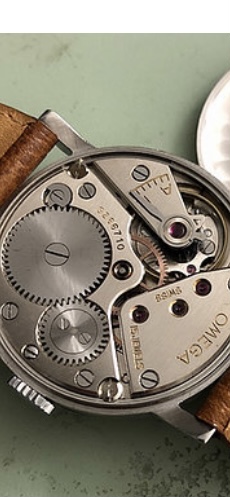- Posts
- 553
- Likes
- 969
CLA05
·Hi everybody!
I’ve always kind of been under the impression that (sorry I don’t know the right terms) but the regulator adjustment for the balance should be somewhat in the middle when serviced and running properly. The pic included here is from the omega enthusiast so I fully trust that it is serviced very well and professionally.
However, said lever is buried to one side...
Does this mean there is an inherent problem with the watch or it’s at the end of its life in any way?...
thanks so much for any responses, I love this resource for questions 😀
And yes I will ask him as well I just like a large breadth of opinions
I’ve always kind of been under the impression that (sorry I don’t know the right terms) but the regulator adjustment for the balance should be somewhat in the middle when serviced and running properly. The pic included here is from the omega enthusiast so I fully trust that it is serviced very well and professionally.
However, said lever is buried to one side...
Does this mean there is an inherent problem with the watch or it’s at the end of its life in any way?...
thanks so much for any responses, I love this resource for questions 😀
And yes I will ask him as well I just like a large breadth of opinions





